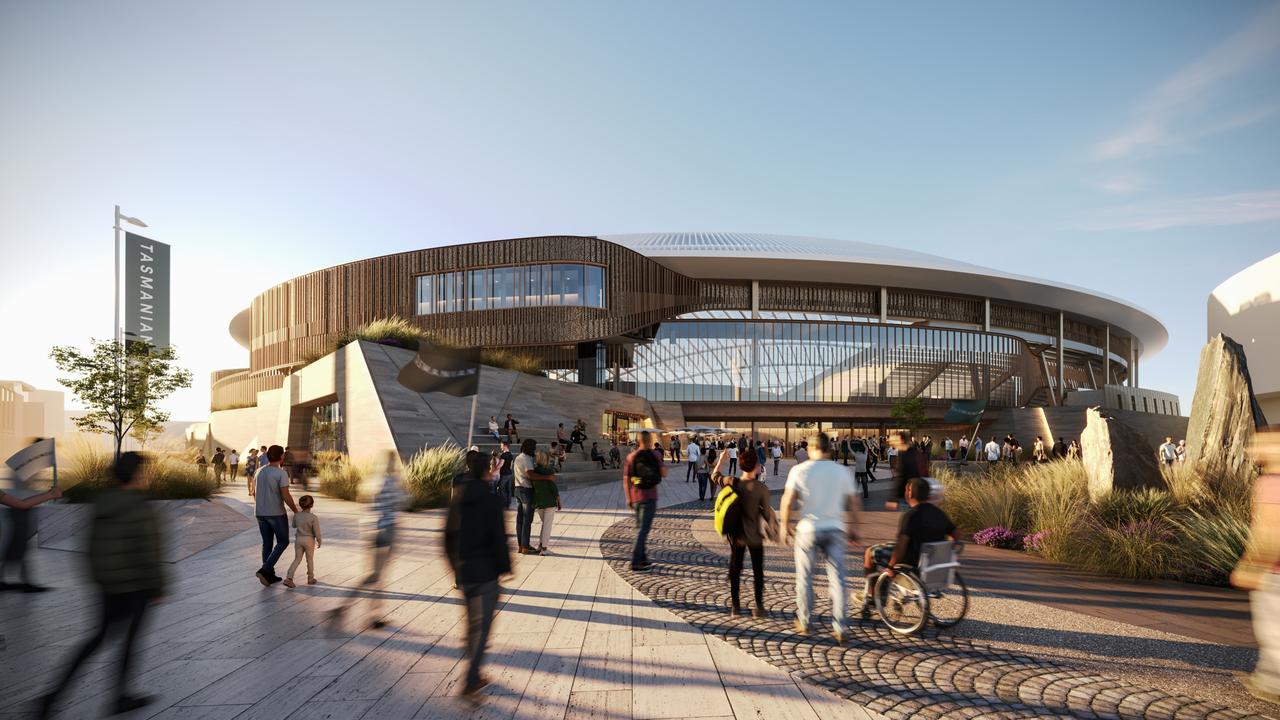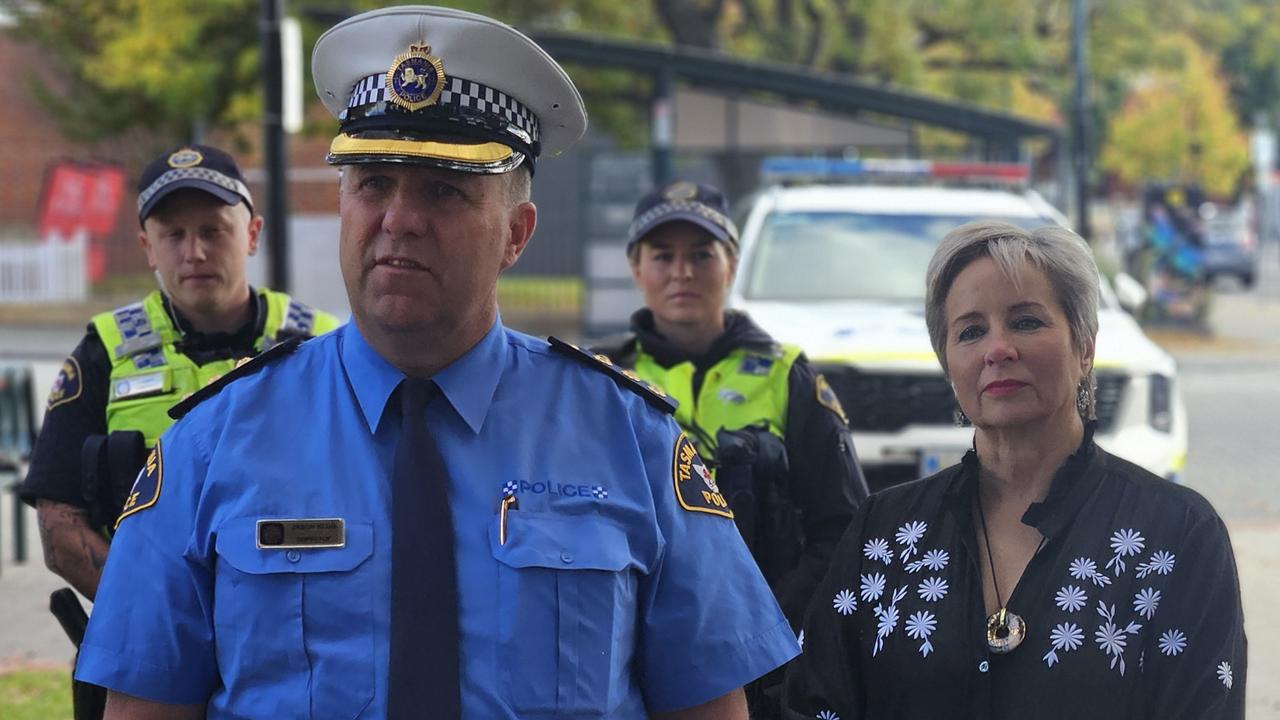Hydro expects pumped hydro battery in north to go ahead as planned after withdrawing referral
A key pillar of the plan to turn Tasmania into the ‘battery of the nation’ has suffered a setback after the federal environment department asked for an updated project referral.
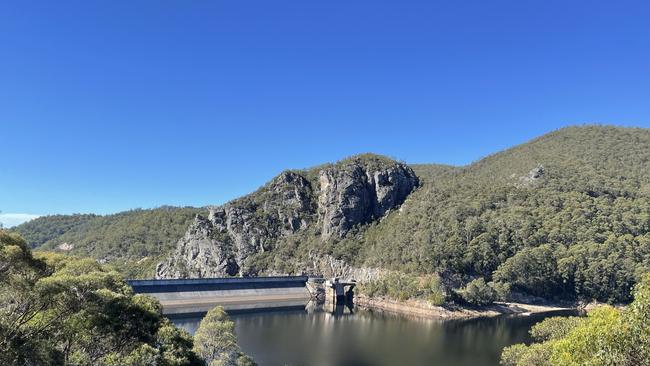
Tasmania
Don't miss out on the headlines from Tasmania. Followed categories will be added to My News.
Pumped Hydro energy storage at Lake Cethana is set to go ahead as planned, despite the proponent pulling the referral out of the federal environment protection process.
After consultation with the federal department of climate change, the environment, energy and water it was recommended Hydro Tasmania withdraw its referral and submit a new one, a Hydro Tasmania spokeswoman said.
She said since it was first referred to the Commonwealth design changes had increased the size of the project’s disturbance footprint.
“The referrals were based on the feasibility designs and preliminary environmental information,” she said.
“Since then, further project design and constructability work has changed the disturbance footprints,” the spokeswoman said.
The Cethana pumped hydro energy storage project was referred to the DCCEEW in May 2023 and was determined to be a controlled action under the environment protection and biodiversity conservation act.
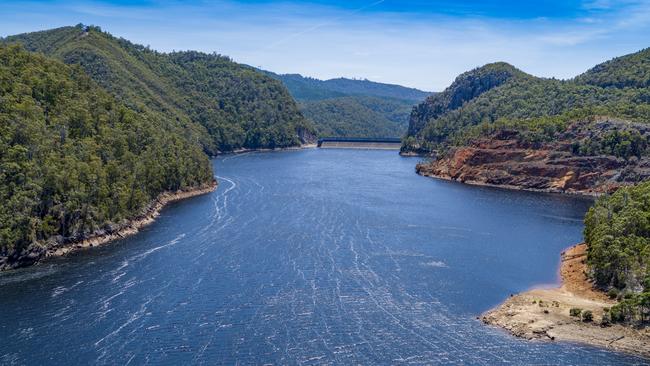
The proposal had a disturbance footprint, or direct surface impact area of 249.9 hectares. The total project area was 1,677 hectares. It is unclear what the new figures are.
The spokeswoman said Hydro Tasmania “continued to develop the project with a focus on responsibly managing environmental impacts” and was currently preparing a new referral expected to be complete in June 2025.
The activities that triggered the EPBC act included the clearance of up to 227 hectares of native vegetation, an increase in light and heavy traffic on local roads including Cradle Mountain Road, impacts to groundwater likely to have direct and indirect environmental impacts as well as other activities.
Hydro Tasmania anticipates the project will still receive its EPBC approval prior to the final investment decision. The final investment decision for Marinus Link was delayed until mid 2025, the Cethana investment decision was expected after this decision.
The pumped hydro system was first announced by then Prime Minister Malcolm Turnbull in 2017 as part of the Battery of the Nation. It is a key part of Project Marinus. Project Marinus includes the North West Transmission Development (NWTD) and Marinus Link- which are set to link Tasmania’s pipeline of proposed wind farms to the mainland to help the transition away from fossil fuel.

Pumped hydro can be used to store and release excess energy created from renewable energy. When wind and solar energy are abundant, water is pumped from a lower reservoir to a higher reservoir which acts as a water battery. When the energy is needed water is released from the upper reservoir and passes through energy creating turbines into the lower reservoir, where the process can start again.
The Lake Cethana project proposes to use the existing dam at Lake Cethana as lower storage and would require an upper reservoir to be built.
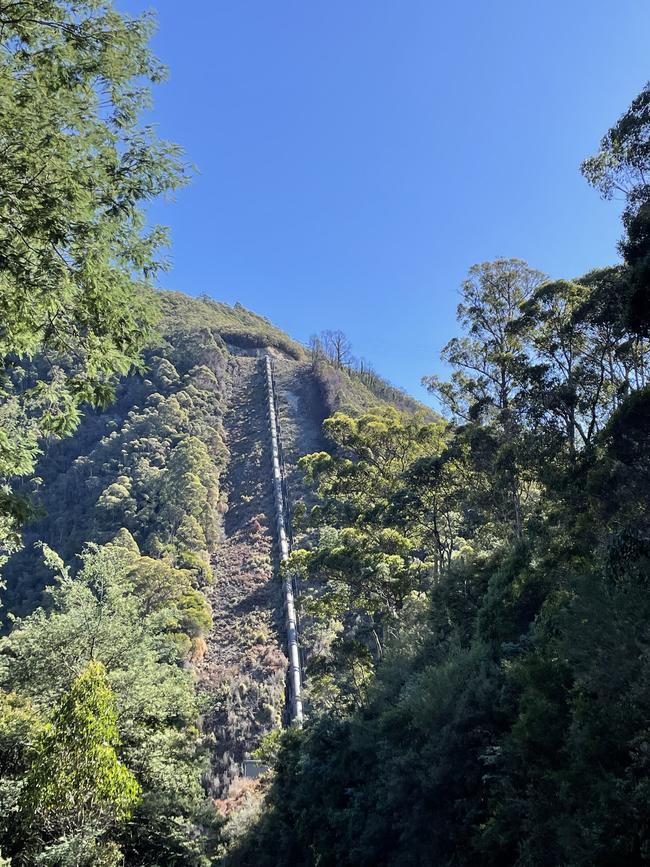
It is set to have an operating capacity of 750 Megawatts and 20 hours of storage.
Hydro expects Lake Cethana to be one of the lowest cost pumped hydro projects in the country, with expected costs upwards of $2 billion.
The proposed interconnector will link northwest Tasmania to Victoria and is set to span 345km, with 255km being underwater across Bass Strait and 90km underground at Gippsland.
TasNetworks recently lodged a permit application for the NWTD with the Tasmanian Planning Commission which will allow the project to be formally assessed.
NWTD will include new and upgraded transmission lines, substations and switching stations.




